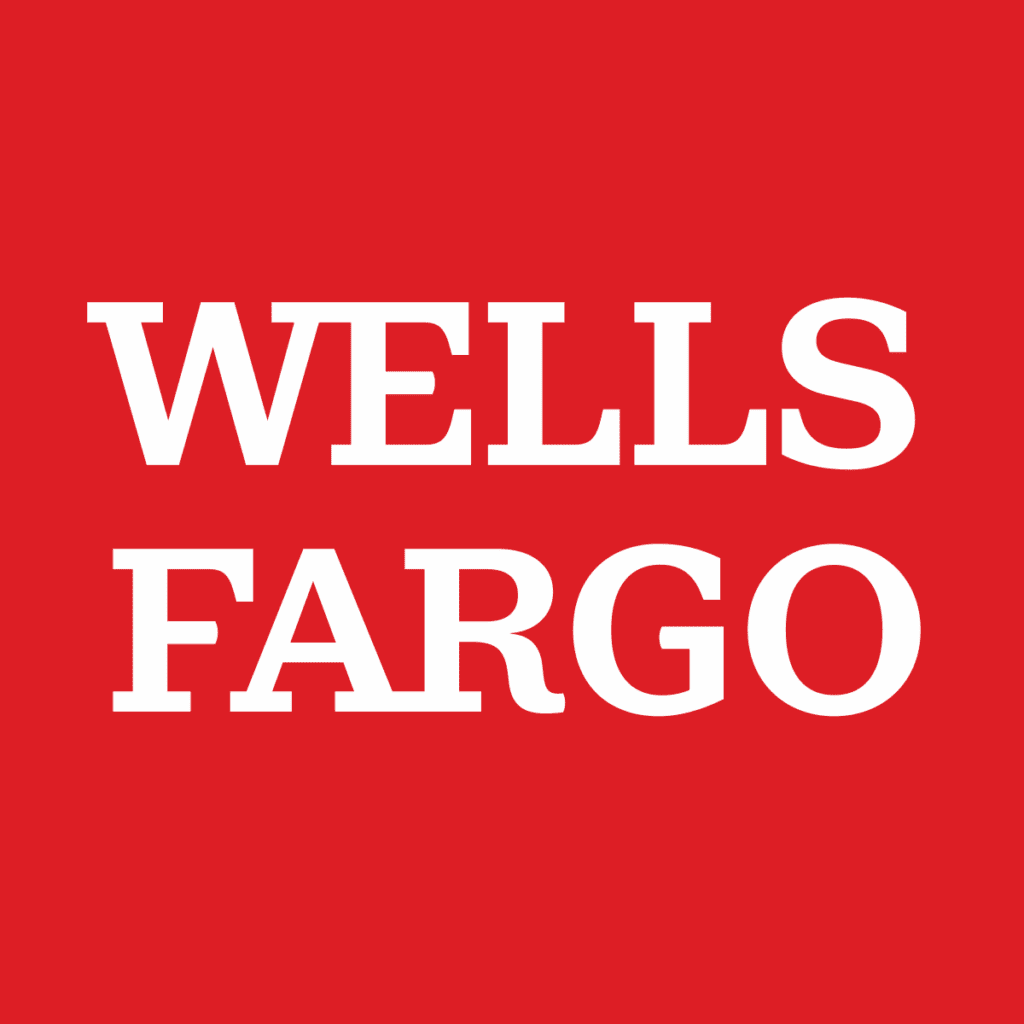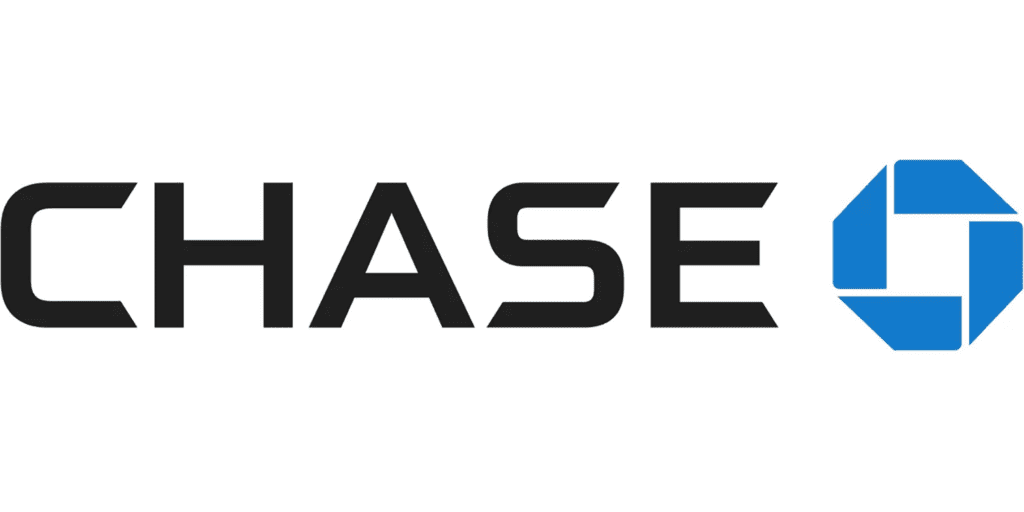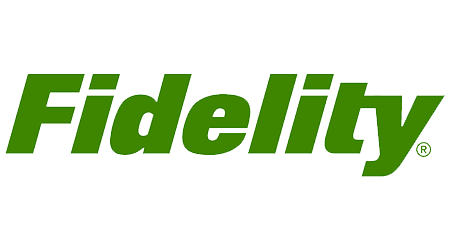If you’re preparing to live in the United States, opening an account at a local bank is an important step to facilitate your financial transactions and adapt to the new reality. Here, we will explore the process of opening an account in the United States, highlighting the differences between online and in-person accounts, as well as the most well-known banks. Additionally, we will provide more in-depth information about the necessary documents, ensuring that you are well-informed when making this important decision.
Opening a bank account in the USA is easier than you might imagine. With just two forms of identification (driver’s license, Social Security card, passport, or birth certificate) and proof of address, you can apply online directly from your phone, tablet, or computer. It’s worth mentioning that having a Social Security number is not mandatory to open a checking or savings account, but the bank or credit union will need to verify your name, date of birth, address, and identification number.
The personal information typically requested includes first and last name, residential address, date of birth, citizenship status (U.S. citizen, permanent resident, non-permanent resident), Social Security number, phone number, and email address. After opening the account, you’ll need to make an initial deposit, ranging from $10 to $100, depending on the bank.
What’s the Best Choice: Online or Bank Branch?
Currently, the presence of digital banking branches has become increasingly common, offering customers a practical and convenient alternative to traditional branches. While traditional branches still have their role in the banking landscape, digital branches are gaining prominence for their ease of access, speedy service, and absence of queues. Additionally, digital branches often feature more attractive fees and offer a wide range of online services, making the entire banking process simpler and more efficient. The transition to using digital branches has been a growing trend, reflecting consumers’ desire for convenience and practicality in their financial transactions.
When choosing between a digital or traditional bank, it’s important to consider the specific needs of the user. While traditional banks offer a more established physical structure and personalized service, digital banks stand out for their convenience and ease of remote access. Therefore, the best choice for each individual will depend on their consumption profile, service preferences, and lifestyle. Regardless of the choice, it’s essential to evaluate the options available in the market and find the financial institution that best meets your needs.
Digital Accounts: Unveiling Ease

The best bank account in United States not only offer fee-free accounts and preferably with interest, but they can also provide cashback rewards. It’s worth noting that some accounts also offer early access to direct deposits. Additionally, it’s recommended to check if the financial institution offers quality customer service and is suitable for your routine.
Digital banking is synonymous with convenience for several reasons. Firstly, it eliminates the need for physical travel to a bank branch, providing convenience to users. Furthermore, the ease of conducting online transactions, such as payments and transfers, makes financial management more accessible. Moreover, the quick availability of information and ease of access to banking services through mobile devices contribute to simplifying the user’s financial experience.
Some Popular Digital Banks in the United States:
The Fidelity online account is recognized for its ease of linking to other accounts, such as investments and retirement. Through this platform, accounts can be managed in an integrated manner, providing users with a simplified and centralized experience. The simplicity of the linking process allows customers to easily connect their online account to various financial instruments, facilitating the monitoring and comprehensive management of their assets and investments. This user-centered approach highlights Fidelity’s dedication to offering accessible and efficient financial solutions.
Recognized for its investment services, Acorns also offers checking accounts and savings options, emphasizing automatic savings. Additionally, it provides a rather interesting system, allowing you to round up the amount of your purchases to save automatically. For investors, it also offers a projection based on the investment amount and time.

No fees, current accounts and digital savings, advance payment.

Variety of financial products, checking accounts, savings, CDs and loans, no monthly fees, competitive rates

Fully digital bank, fee-free current accounts, savings options and personal loans.

It offers checking accounts, savings, investment services, and student loans, with competitive rates. SoFi Bank stands out for its flexible and accessible approach to customers. There is no minimum direct deposit required to earn interest or to receive salary two days early, offering an additional advantage to users. However, it’s important to note that to qualify for overdraft coverage and protection, a minimum monthly direct deposit of $1,000 is required. Additionally, SoFi is part of the Allpoint network, ensuring customers access to over 55,000 ATMs for cash withdrawals.

Discover has become known for offering a variety of financial services, including credit cards, savings accounts and banking products with competitive rates and a strong focus on customer rewards. It has cash back programs and many alternatives to credit cards. Additionally, the account has no monthly fee, no minimum monthly balance requirement, and offers access to over 60,000 fee-free ATMs
Bank Branches: A Touch of Personal Service

If you prefer a more personal approach, the ideal choice may be to open an account at a bank in the United States in person. Scheduling a visit to the local bank branch not only allows you to speak with a representative but also offers the opportunity to ask questions and receive specific guidance. Thus, this option proves particularly useful if you are seeking personalized advice or feel more comfortable with face-to-face interaction.
Traditional bank accounts play a central role in financial management for many consumers. Firstly, these accounts offer a wide range of essential services, such as deposits, withdrawals, transfers, and payments. Additionally, with the physical presence of traditional bank branches, customers can easily access banking services, receiving personal assistance from staff, using ATMs, and relying on an extensive branch network to meet their needs.
However, it is crucial to consider that, while providing convenience, traditional bank accounts may entail higher costs compared to online alternatives. In contrast to online financial institutions, which operate with lower operating costs, traditional banks often have more complex expense structures. This is reflected in maintenance fees, transaction fees, and additional charges, constituting a significant concern for customers.
Nevertheless, despite potentially higher costs at traditional branches, they continue to attract customers due to the diversified offering of financial products. In addition to basic services, these accounts often provide products such as loans, mortgages, and credit cards. The long-standing relationship between customers and traditional banks can often result in additional benefits, including preferential rates and personalized offers, thus partly offsetting the additional costs associated.

Bank of America stands out as a highly recognized financial institution, characterized by a solid and comprehensive presence. With an extensive network of branches and ATMs, the bank provides convenience to customers across the country. Additionally, its robust international presence strengthens its position as one of the largest banks in the world, offering banking and financial services to customers in diverse regions. Driven by an ongoing commitment to technological innovation, Bank of America continually seeks to improve the customer experience by providing advanced digital solutions to meet evolving financial needs.

Extensive network of branches, banking, loans, mortgages and investments. Wells Fargo stands out as one of the oldest financial institutions in the United States. Founded in 1852, it has grown to become one of America’s largest national banks, with a broad physical presence that includes thousands of bank branches and ATMs throughout the United States. Wells Fargo offers a variety of checking and savings account products, as well as a variety of banking solutions for individuals, businesses and corporations.

The Chase bank stands out for its extensive physical presence, boasting an extensive network of branches that provide convenience to customers. Firstly, its numerous branches are strategically located, allowing easy access for banking transactions and financial inquiries. Additionally, the bank consistently invests in innovation to enhance the customer experience. Furthermore, the physical presence of Chase branches is complemented by a variety of advanced digital services, providing customers with flexible options to meet their financial needs. Chase is the consumer and commercial banking segment of JPMorgan Chase & Co in the United States.

Part of Citigroup, recognized for its global services, variety of banking services, credit cards, and investment solutions. Citibank is one of the largest global consumer banks, with approximately 200 million accounts worldwide. Offering a wide range of financial services, in-person banking operations, and an extensive network of ATMs, the institution is convenient for those looking to centralize their banking operations. However, it’s important to note that some accounts offer competitive rates, and monthly fees may apply if activity requirements are not met.

A widely recognized financial institution, it offers current accounts, credit cards, loans, and savings. It has over 300 branches. Also well-known for its digital accounts.

Known for its presence in various regions of the USA and a wide range of banking products, U.S. Bank has received recognition for its innovative approach in digital, social responsibility, and customer service. This includes its inclusion in the 2023 World’s Most Ethical Companies list and being highlighted as one of the most admired super-regional banks by Fortune.
Still in doubt which bank account is best for you in United States?
Explore the wide variety of banking account options available to meet your financial needs. In our recent post on managing your money in the United States, we offer valuable insights and guidance to assist you in choosing the most suitable account for you. So be sure to check out the post to make informed financial decisions and make the most of the available opportunities.
Checking accounts designed for teenagers represent a valuable opportunity to introduce them to financial independence and money management from an early age, with guidance from parents or guardians. The ideal options provide not only affordable fees but also easy access to funds, parental controls, minimal requirements, digital banking tools, and exceptional customer experience. Additionally, if the account still offers some yield, it’s an added benefit. However, it’s important to note that not all financial institutions offer specific checking accounts for this young demographic.
The list of banks mentioned in this blog is not exhaustive; however, we aim to illustrate the most well-known ones to facilitate your journey. You’ll be on the right track to open your bank account in the United States by choosing the method that best suits your needs and preferences. Additionally, remember to carefully read the terms and conditions to ensure a smooth financial experience in the United States.
What is your preference?


